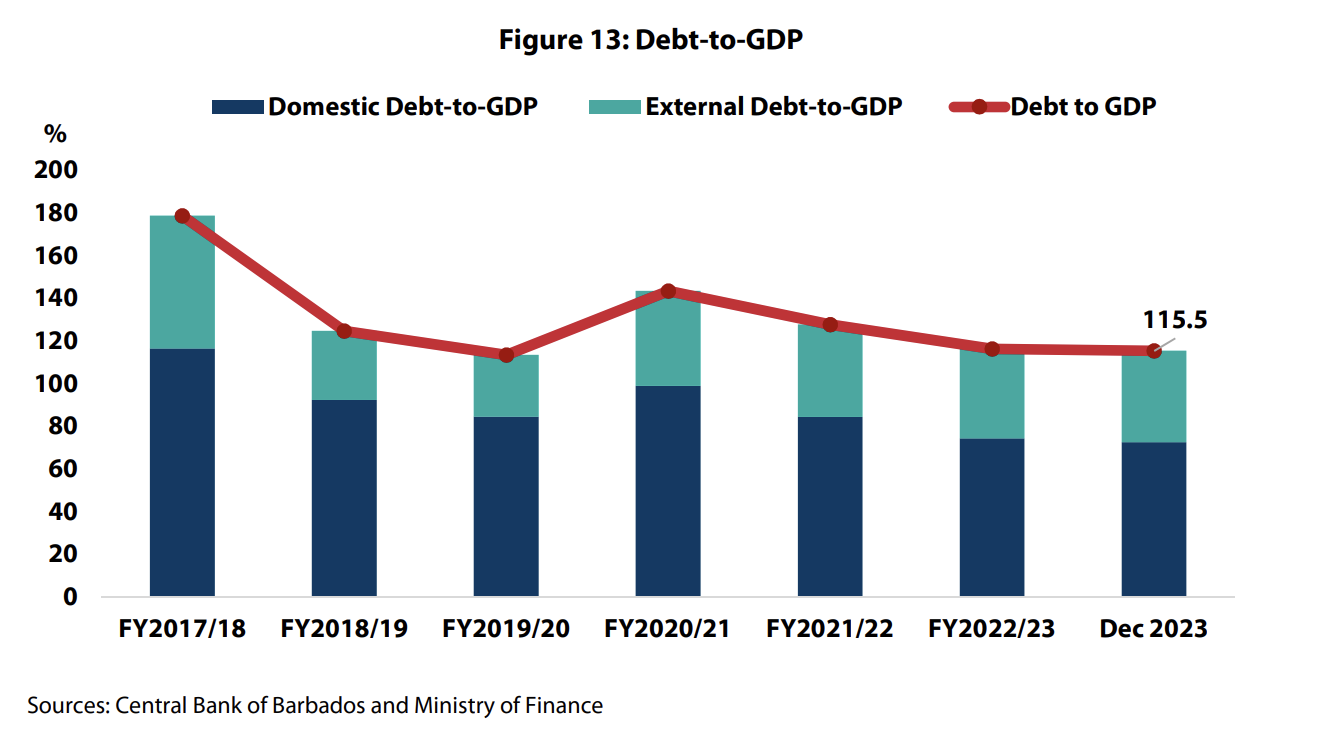
Social networking is now a fundamental aspect of human interaction. With the fast transmission of information, social media, and by extension the Internet have revolutionized our societies. Surfing the web and data sharing have also improved the educational and communication[…] skills of our youths.
However in many cases, it has created devastating outcomes for many young victims who have become prey to cyber crimes like cyber bullying, child pornography, identity fraud and child trafficking.
The Caribbean Mentorship Institute is concerned about the recent uploading and sharing of videos of adolescents in their school uniforms, engaging in pornographic and illegal gang activities. The Institute makes a dire plea to inform educational institutions, parents, guardians, mentors and peers to ensure that preventative interventions are implemented to educate youths/students on the potential dangers of social media and the internet.
The President of the CMI adds that “Children and teenagers use the internet for entertainment, communication and learning. Once a child or youth is given an electronic device like a tablet, mobile phone or laptop, he or she should be sensitized to the dangers that may occur with its usage. More often than not, children and youth are given these devices without parental guidance. We should ensure not only that children/youth are taught how to use the device, but that they are also informed of the potential dangers of the virtual world. Though some older youths may have the capabilities to foresee such dangers; too many of them are becoming victims of these cyber crimes. When students are seen in school uniforms posing with gun images or conducting sexual acts and intercourse, we should reflect on the values- that we have instilled in them as a society. We should not assume that our youths “know better” but rather implement preventative and interactive dialogues that will assist with their formative growth. “
The Pew Research Center for Internet, Science and Technology recently states that: “24% of teens go online “almost constantly,” facilitated by the widespread availability of smartphones. Aided by the convenience and constant access provided by mobile devices, especially smartphones, 92% of teens report going online daily — including 24% who say they go online “almost constantly.” More than half (56%) of teens — defined in this report as those ages 13 to 17 — go online several times a day, and 12% report once-a-day use. Just 6% of teens report going online weekly, and 2% go online less often. Teenage girls use social media sites and platforms — particularly visually-oriented ones — for sharing more than their male counterparts do. For their part, boys are more likely than girls to own gaming consoles and play video games.”
The Institute adds that teenagers tend to be ‘early adopters’ of new devices and technologies. Many use cameras, mobile phones and computers to upload and share items, such as videos and photos, on the internet. Older teenagers might also be creating or reading blogs and vlogs. They also spend a lot of time on user-generated content, such as YouTube videos.Many teenagers use the internet to connect with each other on social networking sites and apps like Facebook, Tumblr, Snapchat and Instagram. These social media sites let them send and receive messages, and share photos, videos, games and apps. This kind of communication can support children’s existing friendships by giving them ways to stay in touch with friends after school hours. Strong friendships are important in helping children adapt to the stresses of adolescence. Children and teenagers also go online for peer-based or professional support, such as online counseling, because it can sometimes feel easier than talking to someone face to face.
The Institute maintains that cyber safety is paramount for rewarding interactions in the virtual world. Parents, educators, peer counselors and community members can help keep children and youth safe by keeping up to date with the latest technologies and social networking sites. Additionally, it is equally important that we, as societies refrain from sharing posts that violates the rights of others. Implementation of cyber laws is urgently needed to protect the rights of our youths and children.






The blogmaster invites you to join the discussion.